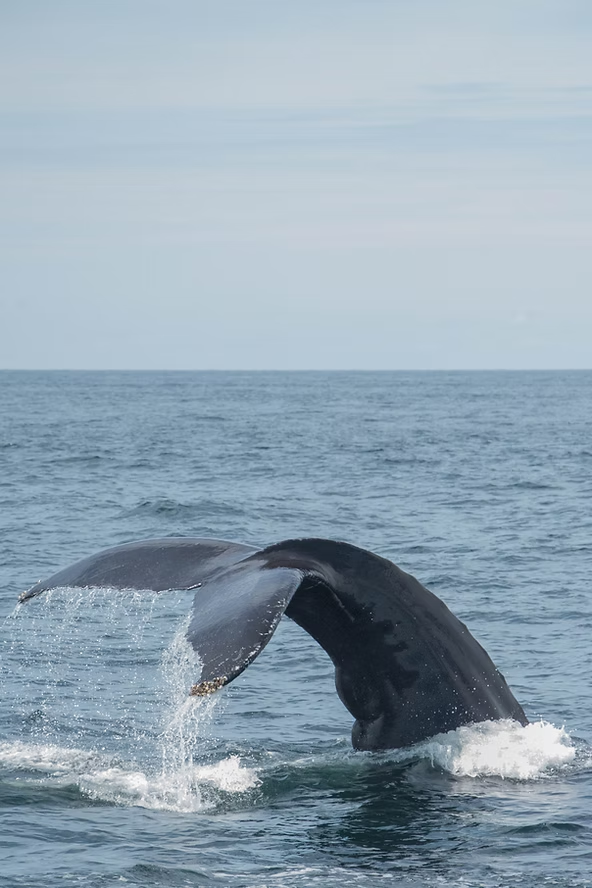The Largest Animal on Earth: The Blue Whale
The world’s largest whale is also the largest animal on the planet — the blue whale. At 98 feet in length and 180 metric tons, the blue whale surpasses even dinosaurs as the largest animal ever. They filter krill through their baleen and require 4–8 tons of plankton per day to survive. Each whale’s jaws contain about 320 pairs of black baleen plates with dark gray bristles. A blue whale’s tongue alone can weigh as much as an elephant. These animals live 80–90 years and inhabit oceans worldwide, spending summers in polar waters and winters closer to the Equator.
Movement and Communication
Blue whales cruise at about 5 miles per hour but can accelerate to 20 mph when needed. Water efficiently carries sound, allowing whales up to 1,000 miles away to hear the creaks, squeaks, and groans that they produce underwater.
Conservation Status
Blue whales are endangered, with only an estimated 5,000–12,000 individuals remaining globally. Whalers decimated their populations, prompting the International Whaling Commission to declare them a protected species in 1966. Apart from humans, orca whales are their main predators, occasionally attacking and killing young blue whales.
Breathing and Surface Behavior
Blue whales breathe air through two blowholes on top of their heads. While resting, they spout 1–4 times per minute, and 5–12 times per minute after a deep dive. Their blow can rise 40–50 feet above the water’s surface.

